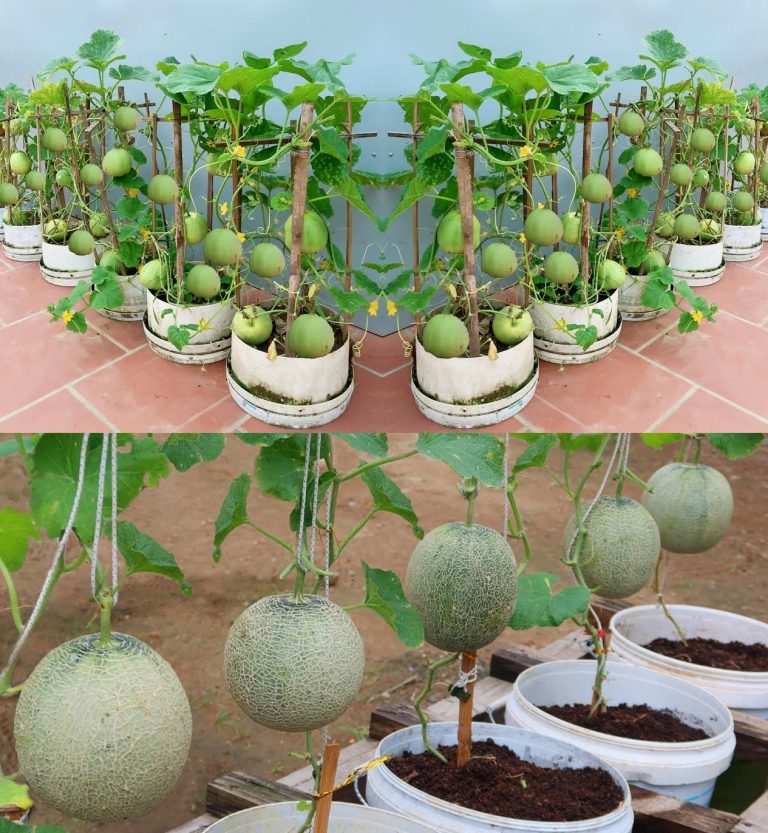ADVERTISEMENT
The quality of a melon (flavor, aroma, texture) is best when the fruit’s sugar content is high. Sweet melons need plenty of sun, warm temperatures, sufficient water, and freedom from disease and pests. Sugar content is rated on the Brix scale, which measures the percentage of solids (everything that isn’t water) in the juice extracted from the fruit. These solids include not only sugars, but also amino acids, proteins, minerals, and vitamins. In other words, sweeter fruits also have more complex flavors and a better nutritional profile.
The Brix index, often abbreviated as “Bx”, is the result of the interaction of genetics, climatic conditions, soil conditions and maturity. Below you will find some helpful tips on how to use these strengths to grow the sweetest melons possible.
1) Choose the sweetest varieties
Some melons are naturally sweeter than others, due entirely to genetic makeup. Some seed suppliers give the average Brix value of their melon, but for many common varieties this information is easily obtained with a quick internet search. A Brix value of 12 is considered pleasantly sweet, 14 very sweet, and 16 too sweet.
2) Sow seeds at the beginning of the season
A long, warm growing season is necessary for optimal ripening and therefore good sugar content. Start your melon seeds indoors in 10cm pots at least six weeks before the average last frost date in your area, so that the seedlings are already well established when warm weather arrives. If you plant the seedlings outside in cold weather, they will stop growing, so wait a few weeks after the average last frost date to do so, or until night temperatures are consistently above 15°C.
3) Find your warmest microclimate
Heat draws the sugars out of melons, so plant them in a location that warms in early spring and stays warm until late September. The south side of a fence or wall is ideal, as the structure absorbs heat and sunlight and reflects it back to the melons. Placing melons near a sunny brick patio or other paved surface also helps create a warm microclimate for these tropical plants. These types of measures are not necessary in the south of France, but in colder climates melons need all the help they can get to reach optimal ripeness.
Continued on next page
ADVERTISEMENT
